Expansion of Distribution Channels
The vegetable puree market in Europe is experiencing a transformation due to the expansion of distribution channels. Retailers are increasingly diversifying their offerings by including vegetable purees in various formats, such as pouches, jars, and frozen options, to cater to a broader consumer base. E-commerce platforms are also gaining traction, providing consumers with convenient access to a wide range of vegetable puree products. Recent data suggests that online grocery sales in Europe are projected to reach €100 billion by 2025, indicating a shift in shopping habits. This expansion of distribution channels not only enhances product accessibility but also allows manufacturers to reach new markets, thereby driving growth in the vegetable puree market.
Rising Demand for Plant-Based Foods
The vegetable puree market in Europe experiences a notable surge in demand for plant-based foods, driven by a growing consumer preference for healthier dietary options. This trend aligns with the increasing awareness of the health benefits associated with plant-based diets, which are often lower in saturated fats and higher in essential nutrients. According to recent data, the plant-based food sector is projected to grow at a CAGR of approximately 10% over the next five years. This shift towards plant-based eating habits significantly influences the vegetable puree market, as consumers seek convenient and nutritious alternatives to traditional meat products. Consequently, manufacturers are expanding their product lines to include a variety of vegetable purees that cater to this health-conscious demographic, thereby enhancing their market presence and competitiveness.
Growing Popularity of Organic Products
The vegetable puree market in Europe is significantly influenced by the increasing popularity of organic products. As consumers become more health-conscious, the demand for organic vegetable purees has surged, driven by perceptions of superior quality and safety. Recent statistics indicate that the organic food market in Europe is expected to grow at a CAGR of 8% over the next five years, with organic vegetable purees being a key segment. This trend is further supported by the European Union's commitment to promoting organic farming practices, which enhances the availability of organic vegetables for puree production. Consequently, manufacturers are expanding their organic product lines to meet this rising demand, thereby positioning themselves favorably within the vegetable puree market.
Increased Focus on Clean Label Products
The vegetable puree market in Europe is witnessing a significant shift towards clean label products, as consumers become more discerning about ingredient transparency. This trend is characterized by a preference for products with minimal processing and recognizable ingredients. According to recent surveys, approximately 70% of European consumers express a desire for food products that contain no artificial additives or preservatives. As a result, manufacturers are reformulating their vegetable purees to align with this clean label movement, emphasizing natural ingredients and straightforward production methods. This shift not only caters to consumer preferences but also enhances brand loyalty and trust, ultimately driving sales in the vegetable puree market.
Innovation in Food Processing Technologies
Advancements in food processing technologies play a crucial role in shaping the vegetable puree market in Europe. Innovative techniques such as high-pressure processing (HPP) and vacuum cooking are increasingly adopted to enhance the quality and shelf life of vegetable purees. These technologies not only preserve the nutritional value of vegetables but also improve flavor and texture, making purees more appealing to consumers. The market for processed vegetable products is expected to reach €1.5 billion by 2026, indicating a robust growth trajectory. As manufacturers invest in state-of-the-art processing equipment, they are likely to produce higher-quality purees that meet the evolving preferences of health-conscious consumers. This technological evolution is essential for maintaining competitiveness in the vegetable puree market.


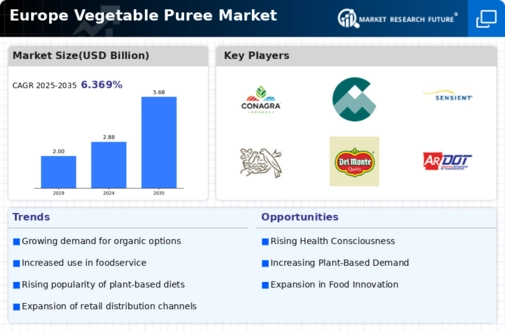
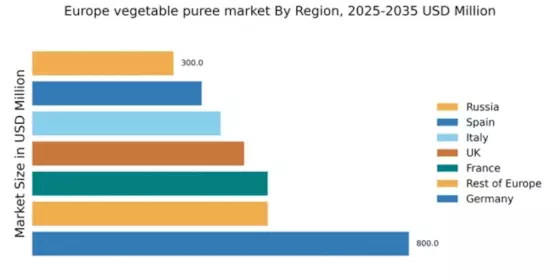

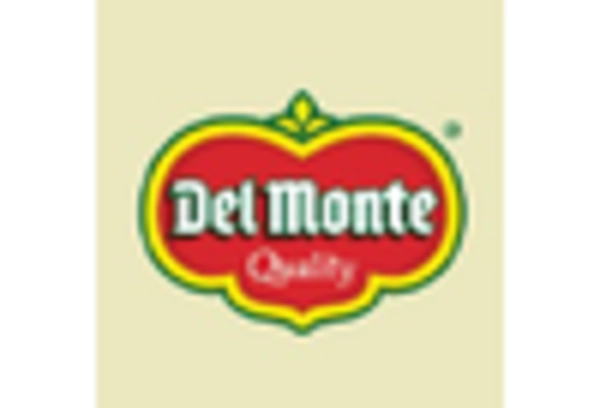

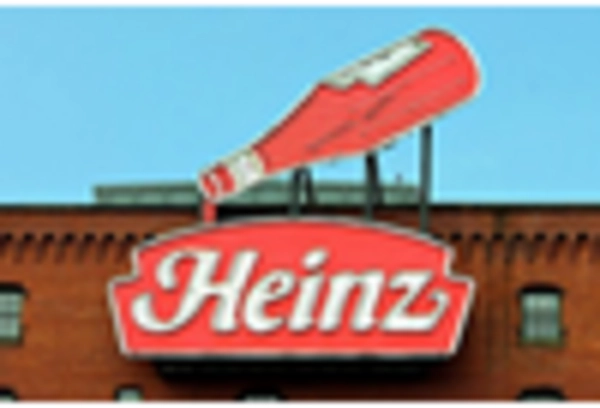
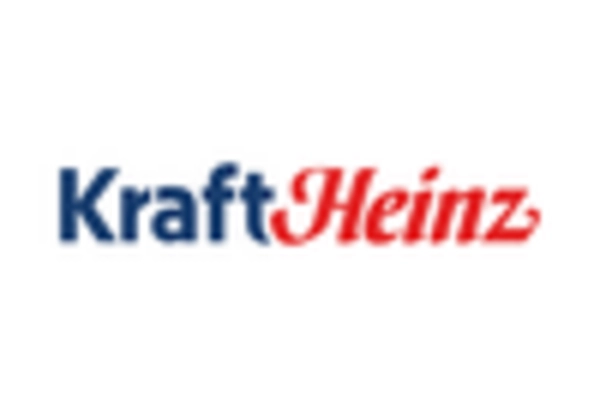









Leave a Comment